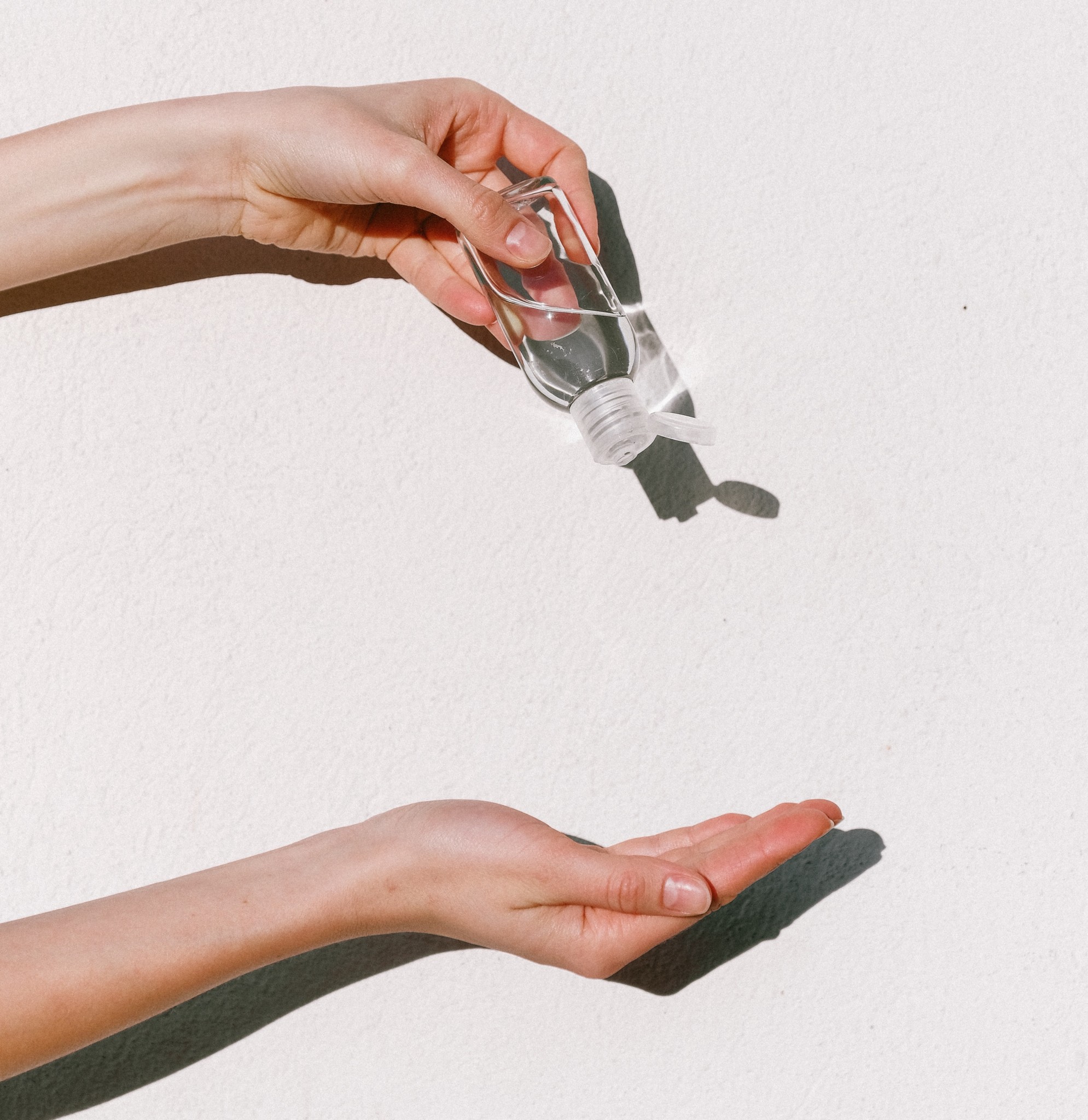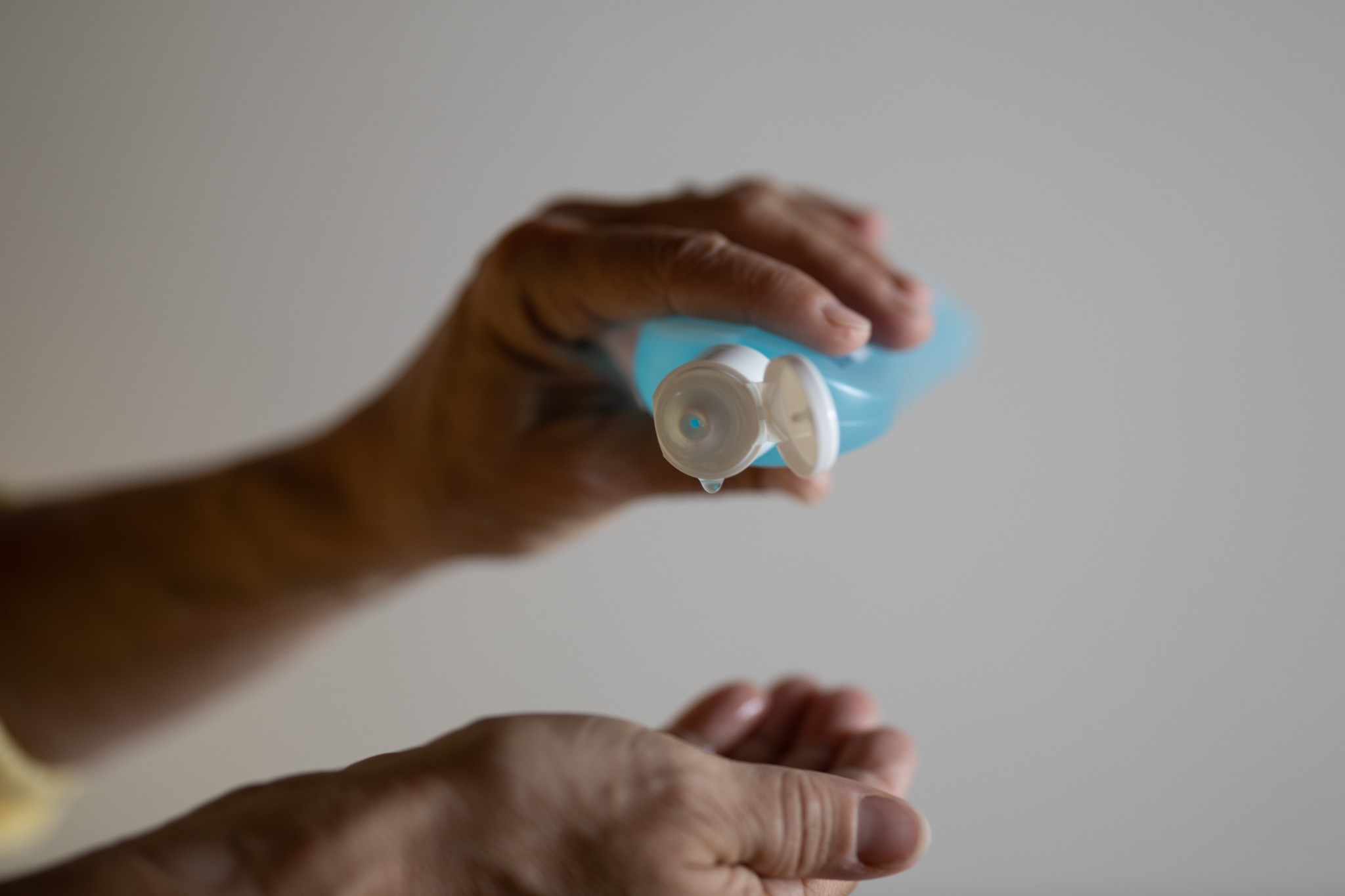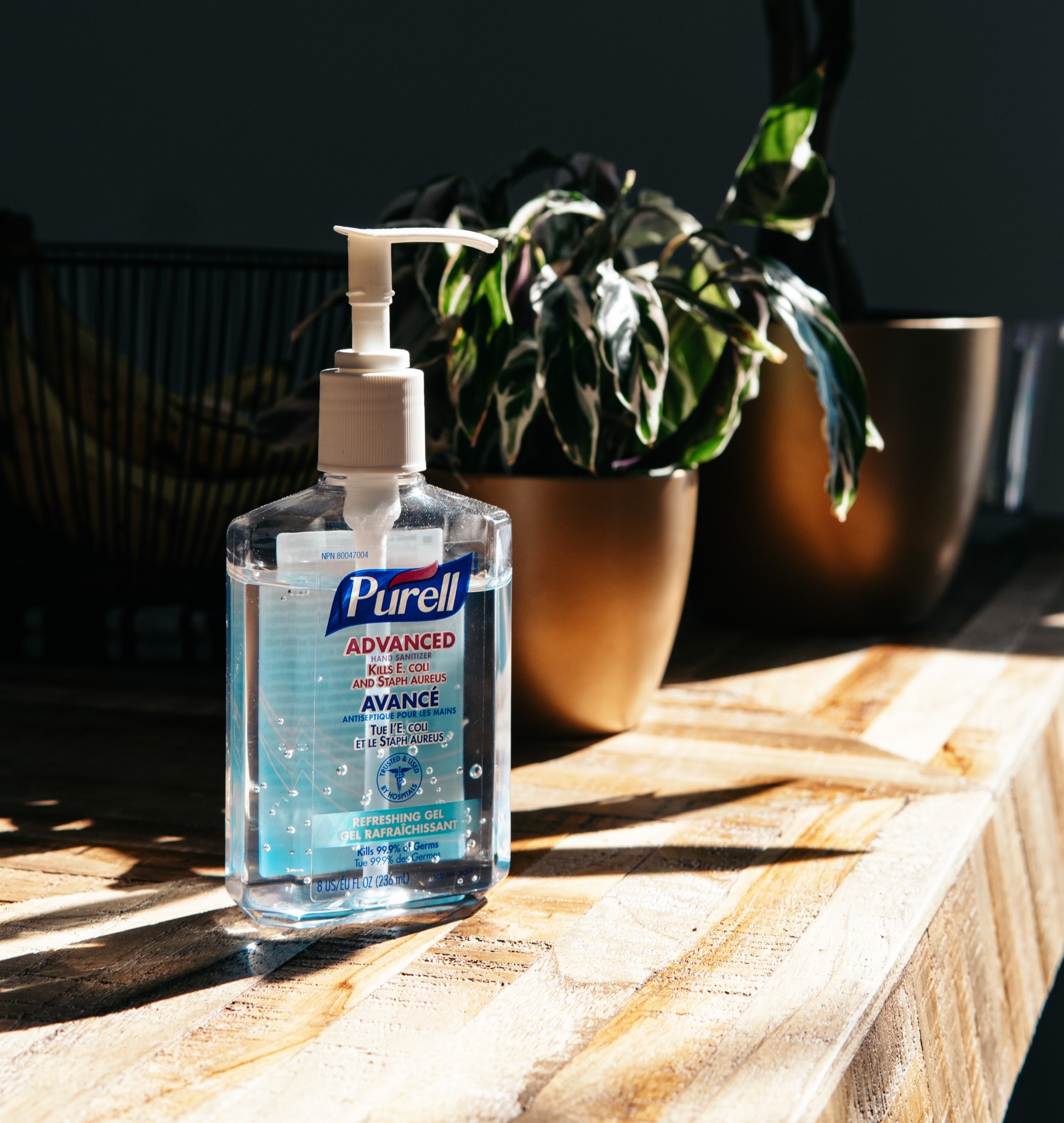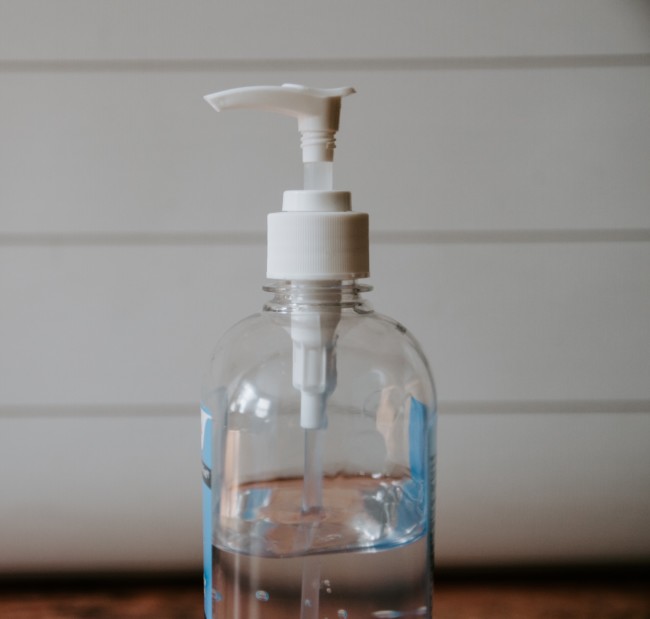All hand sanitizers are not created equal and the Food and Drug Administration {FDA} wants to make sure that people know that.
The coronavirus global pandemic has shined an unexpected spotlight on the efficacy of different hand sanitizer brands, causing the FDA to expand its list of hand sanitizers that are to be avoided to a total of 115. After all, it’s more important than ever to know what’s in our hand sanitizer to ensure it’s working and doing what it’s supposed to.
Is your hand sanitizer up to par? Find out which hand sanitizers should be avoided, plus everything you need to know about ethanol levels in hand sanitizer!

Which hand sanitizers should be avoided?
The New York Times reports that the FDA’s list of hand sanitizers to avoid has now been expanded to include 115 total. The four latest hand sanitizers to join this list include:
- — Alcohol Antiseptic 62 Percent Hand Sanitizer
- — Datsen Hand Sanitizer
- — Medicare Alcohol Antiseptic Topical Solution
- — NeoNatural
These four hand sanitizers making the FDA’s list came just one week after the FDA announced that their tests found “four hand sanitizers with concerningly low levels of ethyl alcohol or isopropyl alcohol.” So, essentially, the reason why you should avoid these hand sanitizer brands is because they are not effective enough at killing off germs, due to their low levels of ethyl or isopropyl alcohol.
Three of the four sanitizers — all manufactured in Mexico — have been put on an import stop alert, which bans them from legally entering the U.S.

Other sanitizers that make the FDA’s list include Lavar Gel and CleanCare No Germ, amongst seven other hand sanitizers manufactured in Mexico.
FDA has also warned against hand sanitizers with “inadequate amounts of benzalkonium chloride.”
The list of hand sanitizers to avoid includes sanitizers that, according to the FDA, either have been “tested and found to contain methanol, labeled to contain methanol, have been tested and found to have microbial contamination, recalled by the manufacturer or distributor, found to be subpotent, meaning it has less than the required amount of ethyl alcohol, isopropyl alcohol, or benzalkonium chloride, and/or is purportedly made at the asme facility as products that have been tested by the FDA and found to contain methanol.”
FDA advises consumers not to use hand sanitizers from these companies, or products with these names or NDC numbers.
Other hand sanitizer brands to avoid include Blumen, Klar and Danver, Modesa, The Honeykeeper, Assured Instant Hand Sanitizer, Hello Kitty, NuuxSan, NEXT, QualitaMed, LumiSkin, bio aaa, Assured Aloe, Derma70, V-KLEAN, ResQue, Inatek, All Clear, and more. To view the full list of hand sanitizers to avoid, consult the FDA’s master list.
What hand sanitizer is recommended?
According to the Centers for Disease Control and Prevention {CDC}, alcohol-based hand sanitizers with at the — very — least 60 percent alcohol is what’s recommended. Any hand sanitizer with less than 60 percent ethanol {AKA alcohol} is not as effective as we need it to be — especially against the fight of coronavirus.
The CDC recommends using enough hand sanitizer to cover every surface of your hands, then rub together until the hands are totally dry. {It should take about 20 seconds before your hands are completely dry.} The CDC also warns against rinsing or wiping off hand sanitizer after using it.

You can also make your own hand sanitizer at home, given you have the right ingredients: 90 percent isopropyl alcohol, Aloe vera, and essential oils of your choice {optional}.
What level of ethanol is recommended?
Ethanol is another term for “alcohol.” Your hand sanitizer can use isopropyl alcohol {rubbing alcohol} or ethyl alcohol, but either way, it should be no less than 60 percent. To get the most effectiveness out of your hand sanitizer, be sure to use one with 60 percent ethanol minimum. However, the higher the percentage of ethanol, the more effective.
Why is methanol bad?
The FDA released an advisory saying sample tests of Lavar Gel and CleanCare No Germ sanitizers yielded results that showed 81 and 28 percent methanol. Also known as wood alcohol, the FDA added, “Methanol is not an acceptable ingredient for hand sanitizers and should not be used due to its toxic effects.”
Such toxic effects could include headaches, neausea, vomiting, permanent blindness, seizures, and ultimately, fatality if unhealthy amounts of methanol are absorbed through the skin or ingested, NYT reports.
Is my hand sanitizer is effective?
If you want to check the efficacy of your hand sanitizer of choice, there are a few things you can do. First, search the FDA’s master list of hand sanitizers to avoid. If your sanitizer isn’t on the list, that is definitely a good sign.
Another thing you can do is carefully check out your hand sanitizer’s label. If it claims to have a percentage of ethanol that is equal to or higher than 60 percent, then that is also a good sign.
If you prefer to triple-check your hand sanitizer, you may want to Google the brand, “Does {brand} use 99 percent alcohol?” and read up on what reputable sources have to say about your hand sanitizer brand.
Got a news tip? Let us know — email us at hello@hobokengirl.com! We appreciate it.

Check out Hoboken Girl’s new Job Board here!










